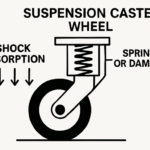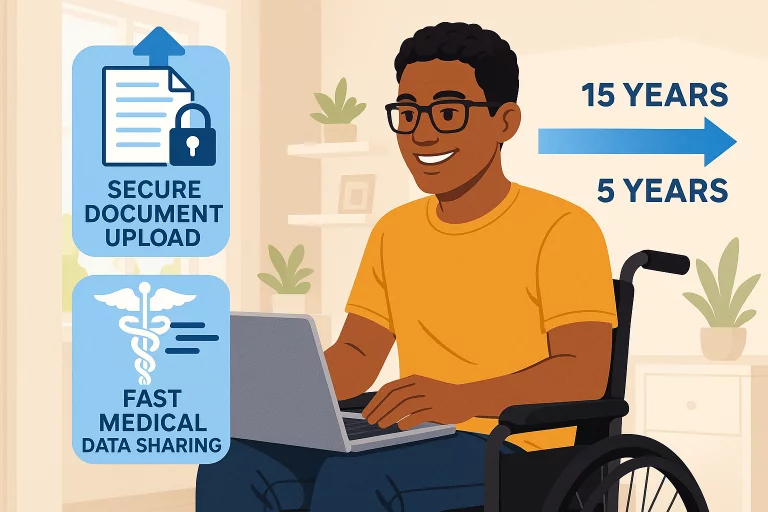Key Takeaways
- The abortion pill (medication abortion) is highly effective and has a low rate of complications.
- Serious side effects are rare, and most symptoms are mild and manageable.
- Comparatively, the abortion pill is safer than many widely used medications.
- Access to the abortion pill and local regulations may vary, making it important to consult healthcare professionals.
- Misinformation remains common, so relying on scientific and reputable sources is crucial.
Table of Contents
- Understanding the Abortion Pill
- Evaluating Safety and Efficacy
- Comparing Risks with Other Medications
- Common Side Effects
- Addressing Misinformation
- Legal and Regulatory Considerations
- Consulting Healthcare Providers
- Conclusion
Understanding the Abortion Pill
Medication abortion, commonly referred to as the abortion pill, is a medical, non-surgical method of ending an early pregnancy. It is currently available in many parts of the world and has become a vital option for people who choose to terminate a pregnancy within the first 10 weeks. The process uses two different medications taken over a short period. First, mifepristone is administered to block progesterone, a hormone necessary for pregnancy to continue. This second medication induces contractions of the uterus, causing the uterus to expel its contents. This combination is approved and supported by reputable medical organizations and extensive global research. For those living in states like Michigan, it’s important to choose a reputable clinic for safe abortion pill services in Michigan. By understanding the medical protocol and regulatory environment, individuals can better navigate their options, receive proper guidance, and minimize any risks associated with improper medication use.
Evaluating Safety and Efficacy
Medication abortion is one of the most thoroughly studied reproductive health procedures. According to a comprehensive review of clinical data, the abortion pill has a completion rate of approximately 97.4%, indicating that it effectively causes the pregnancy to end and expel without further medical intervention in the vast majority of cases. These results are supported by international research and data from reputable health authorities, confirming their reliability across diverse populations and healthcare settings.
Serious complications, such as severe bleeding, ongoing pregnancy, or significant infection, occur in less than 0.5% of cases. Most people experience no long-term consequences and recover quickly. The procedure is considered safe enough that many health providers and the World Health Organization support broader access, including telemedicine options that allow for remote consultations and mail-delivered medications. A 2018 report from the National Academies of Sciences, Engineering, and Medicine found no evidence of increased health risks when patients accessed medication abortion remotely, reinforcing the procedure’s safety profile.
Comparing Risks with Other Medications
When discussing the safety of any medical procedure, it’s helpful to put the risks in perspective by comparing them with other common treatments. Analysis by public health officials and the Centers for Disease Control and Prevention (CDC) shows that the abortion pill is significantly safer than a range of widely used drugs and outpatient procedures.
For instance, the risk of a serious reaction to penicillin or even to over-the-counter medications like acetaminophen (Tylenol) is higher than the risk of an adverse event from a medication abortion. Routine dental procedures, such as wisdom tooth extractions, are associated with a higher rate of complications. Most notably, childbirth itself in the United States poses significantly greater medical risks than abortion, whether by pill or surgical methods, with maternal mortality and morbidity rates much higher than for any abortion option.
Common Side Effects
Side effects are a normal part of the medication abortion process and are typically a sign that the body is responding as expected. Most individuals experience symptoms similar to those of a heavy menstrual period, such as bleeding and cramping. The intensity and duration of these symptoms can vary from person to person, depending on how far along the pregnancy is and individual differences in physiology.
Other side effects commonly include nausea, vomiting, diarrhea, dizziness, fatigue, and sometimes a mild fever or chills. While these effects can be uncomfortable, they are usually short-lived and can be managed with over-the-counter pain relievers, rest, and hydration. The most intense symptoms typically occur within the first 24 hours after taking the second medication and generally subside within a few days.
Addressing Misinformation
Unfortunately, despite overwhelming scientific evidence supporting the safety of medication abortion, inaccurate information and myths persist. Sometimes these myths are spread intentionally to discourage abortion access or are a result of cultural and political debates surrounding reproductive rights. As a result, people may encounter alarming or misleading claims about the risks of the abortion pill, contributing to unnecessary anxiety or fear.
It’s critical to seek information from reputable organizations such as the American College of Obstetricians and Gynecologists, the World Health Organization, and trusted local healthcare providers. These sources base their recommendations on scientific evidence and expert consensus, not ideology or personal belief. Accessing accurate information can help empower individuals to make informed decisions and reduce the shame or stigma surrounding their reproductive choices.
Legal and Regulatory Considerations
Access to the abortion pill is not uniform across different regions, and legal restrictions can profoundly affect how and when people can access this form of care. In the United States, for example, regulations vary widely by state, with some states requiring in-person visits, waiting periods, or special counseling. In contrast, others facilitate telehealth access and mail delivery of medications. Federal and state policies continue to shift, making it essential for those considering medication abortion to stay informed about current legal requirements in their area.
For anyone navigating the process, advocacy groups and reproductive rights organizations can be valuable resources for up-to-date information. Reaching out to licensed healthcare providers is also important, as they can clarify the latest protocols and ensure compliance with all regulations. Taking these steps helps protect one’s health and legal rights while pursuing safe and timely care.
Consulting Healthcare Providers
Before starting a medication abortion, consulting with a qualified healthcare professional is strongly recommended. A medical evaluation can determine if a medication abortion is safe and appropriate for your specific situation, taking into account individual health history, allergies, and other relevant factors. Healthcare providers play a crucial role in prescribing the medication, monitoring the process, and addressing any emerging concerns.
In addition to physical health oversight, clinics and providers may offer counseling, support, and referrals to mental health resources. This holistic approach ensures that emotional well-being is cared for alongside physical safety. Open communication with providers also helps set realistic expectations, address questions, and enhance confidence in the process.
Conclusion
The abortion pill, supported by decades of scientific research and real-world experience, is a proven, safe, and effective way to terminate early pregnancies. The overall risks are very low compared to many other medical procedures. For anyone considering this option, choosing providers who follow evidence-based protocols and offer compassionate, reliable care is important. Accessing safe abortion pill services elsewhere should always be paired with consultation with knowledgeable providers, up-to-date legal information, and trustworthy science-based resources. By doing so, individuals can make the best possible decisions for their reproductive health, free from myths, unnecessary fears, and misinformation.
READ ALSO: The Science Behind Alvemente Practices










